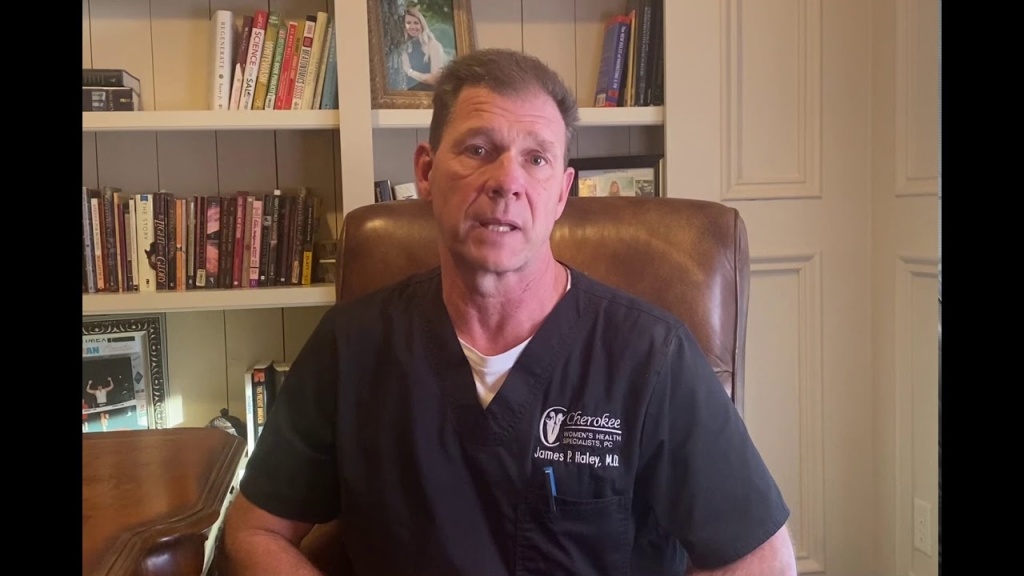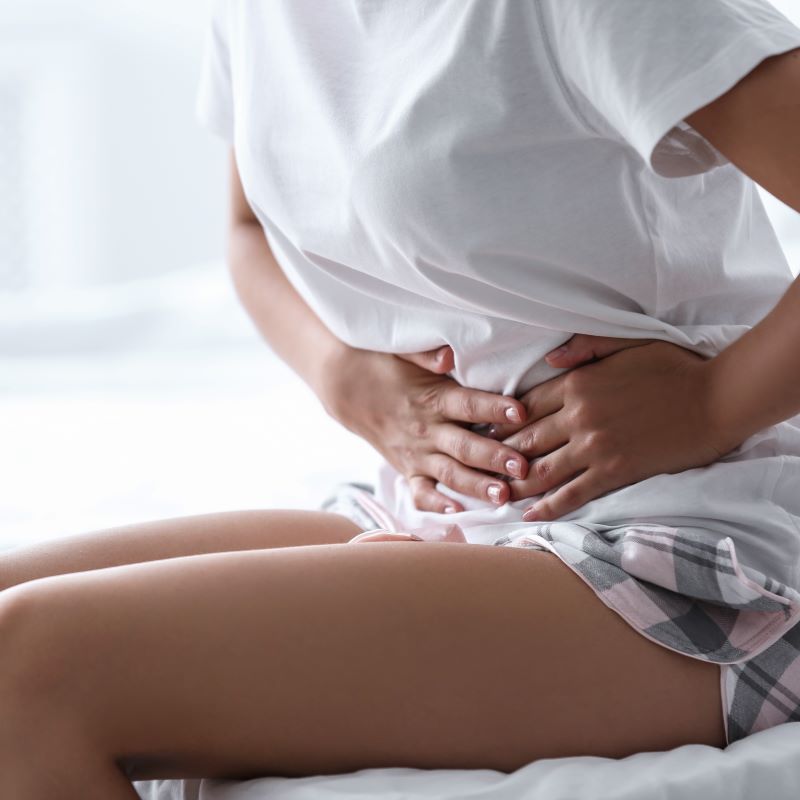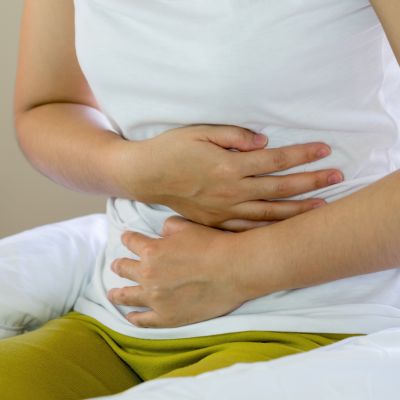Dr. Lisa McLeod: A Passion and Empathy in Women’s Health
Dr. Lisa McLeod, a proud Jamaican-Panamanian American hailing from Brooklyn, New York, brings a unique perspective to the field of obstetrics and gynecology. Having moved to the South, specifically Georgia, she is excited about the opportunity to experience a new region. Dr. McLeod is a dedicated mother, and her journey into motherhood has deepened her understanding of pregnancy and forged a stronger connection with women. In her spare time, she indulges in her love for travel, having visited over 35 countries and counting, immersing herself in diverse cultures and expanding her knowledge of people worldwide. Watch Dr. McLeod’s corresponding video. Finding Passion: A Personal Experience Dr. McLeod’s path to becoming an OB/GYN is an intriguing story. At the age of 21, while pursuing her engineering degree, she faced her own gynecological issues. Frustrated by feeling unheard by healthcare providers, she resolved to make a difference in women’s health. Initially, she continued her engineering career, but the persistent need to address women’s concerns led her to study exercise physiology. Driven by her growing passion, she eventually transitioned to a career in medicine, realizing the profound impact she could make in improving women’s health and well-being. A Holistic Approach: Exercise and Osteopathy What sets Dr. McLeod’s practice apart is her incorporation of exercise and osteopathy into addressing women’s health concerns. Her background in exercise physiology and osteopathic medicine enables her to view the body as an interconnected system. She is passionate about understanding how the body functions as a whole and finding ways to alleviate discomfort and improve overall health through exercise. Dr. McLeod believes in the power of exercise during labor, exploring different positions and movements to facilitate the birthing process. Similarly, she explores exercise techniques to manage menstrual cramps and even looks at exercise and body mechanics to address issues related to sexual intercourse, such as dyspareunia. By seeking holistic solutions, Dr. McLeod aims to empower her patients to take an active role in their own well-being. A Comprehensive Approach: Beyond Medication and Surgery In her practice, Dr. McLeod takes a comprehensive approach to treating women’s symptoms and complaints. Rather than solely relying on medications or surgical interventions, she considers a broad range of options. Driven by her exercise background, she explores ways in which exercise and movement can alleviate discomfort and improve outcomes. Whether it’s finding optimal positions during labor, managing menstrual cycle symptoms, or addressing muscle spasms contributing to pain during intercourse, Dr. McLeod is committed to exploring the full spectrum of treatment options. The Joys of Obstetrics and Gynecology For Dr. McLeod, the most fulfilling aspect of being an obstetrician-gynecologist is the opportunity to connect with women on a daily basis. She cherishes the conversations, the stories, and the shared experiences. Understanding the unique challenges women face throughout their lives brings her immense joy. Dr. McLeod’s passion extends to all aspects of obstetrics and gynecology, from discussing women’s issues and health concerns to celebrating the different phases of pregnancy and the journeys women embark upon. With a genuine love for her field, Dr. McLeod embraces the diversity and complexity that obstetrics and gynecology offer. Dr. Lisa McLeod’s Dedication to Women’s Health Dr. Lisa McLeod’s journey into obstetrics and gynecology is driven by a personal experience, a passion for women’s health, and a commitment to a holistic approach. Her multicultural background, combined with her expertise in exercise physiology and osteopathy, provides a unique perspective in addressing women’s health concerns. Dr. McLeod’s practice focuses on empowering women through education, exercise, and a comprehensive approach to treatment. With her genuine love for her field and her dedication to making a difference in women’s lives, Dr. McLeod is a compassionate and knowledgeable OB/GYN who continues to strive for excellence in providing quality care.













